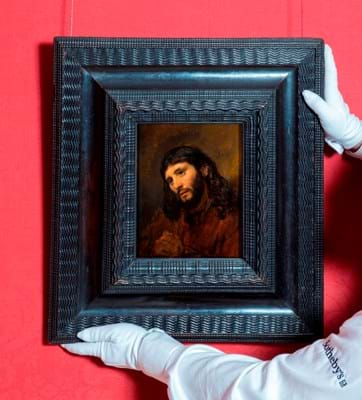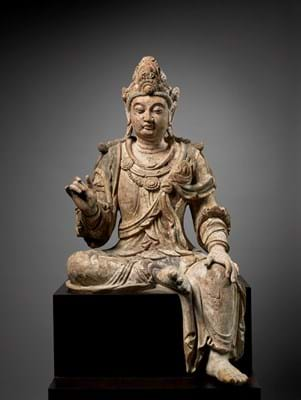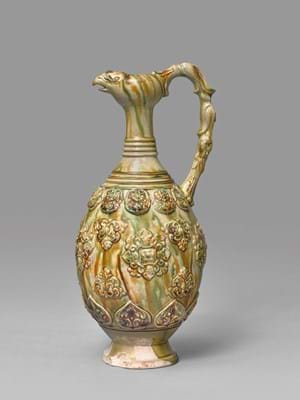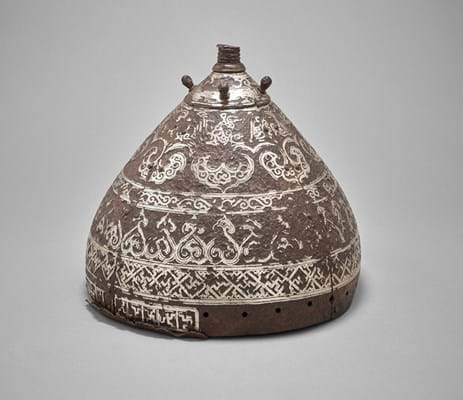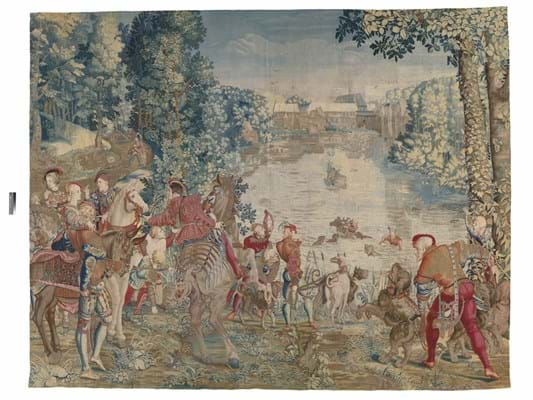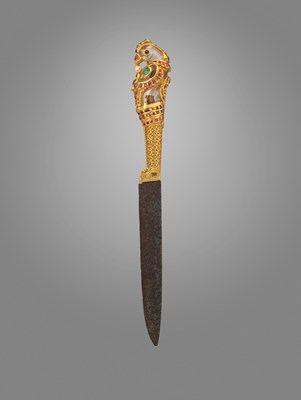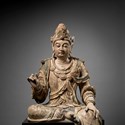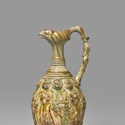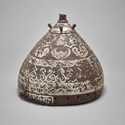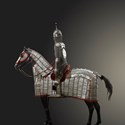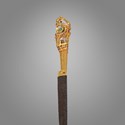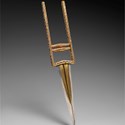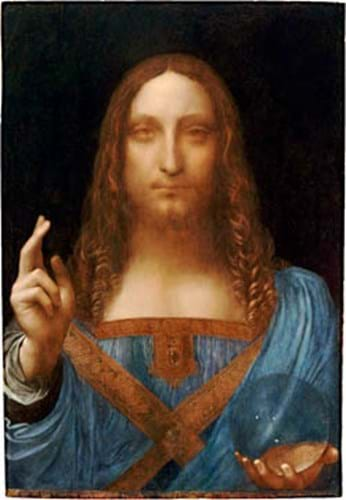
The announcement that the Louvre has requested the loan follows speculation regarding the continued delay of the painting’s unveiling at its new permanent home at the Louvre Abu Dhabi.
A spokesman for the Paris museum said: “I can confirm that the Musée du Louvre has asked for the loan of the Salvator Mundi for the Leonardo da Vinci exhibition. We are waiting for the owner’s answer.”
The painting of Christ as the saviour of the world was sold at Christie’s New York in November 2017 for $450m (including premium), a record price for any work of art. It was announced a few weeks later that it would be heading to the museum in the Middle East.
Salvator Mundi was due to go on show at the United Arab Emirates museum in September 2018 but its unveiling was postponed with Abu Dhabi’s Department of Culture and Tourism saying “more details will be announced soon”.
Still no date has been given when it will be finally exhibited and, when asked by ATG when it will finally go on display and what reasons lay behind the delay, a spokesman for Abu Dhabi’s DCT said: “We have nothing to share at this stage”.
Attribution speculation
While a number of art historians including Dr Matthew Landrus and Jacques Franck have said they believe the heavily restored picture should be ascribed to one of Leonardo’s assistants rather than the master, it was reported in the Sunday Telegraph that the work had disappeared “without trace amid increasing doubts about its attribution to the Renaissance master” and that the Paris Louvre would not show the work at its upcoming exhibition.
While the Paris museum has now refuted the latter claim, the full attribution to Leonardo was supported by a panel of a dozen scholars ahead of the Christie’s auction. Academics who supported the attribution included Leonardo expert Martin Kemp, Emeritus Professor of History of Art at Trinity College, Oxford, and Luke Syson, who was curator of Italian Paintings at The National Gallery when Salvator Mundi was included in a 2011 blockbuster exhibition dedicated to Leonardo.
According to the Guardian, Kemp told an audience at the Cheltenham literature festival in October that any delay to the unveiling was not due to doubts about the attribution.
Louvre Abu Dhabi is looking forward to displaying the Salvator Mundi by Leonardo Da Vinci. The work was acquired by the Department of Culture and Tourism - Abu Dhabi for the museum.@LouvreAbuDhabi
— Department of Culture and Tourism - Abu Dhabi (@dctabudhabi) December 8, 2017
Photo: Kirsty Wigglesworth/ AP pic.twitter.com/Z3AVFkrdkF
While the current whereabouts of the painting remain unknown, it also remains unclear as to who was the actual buyer of the painting at Christie’s. It has been variously reported that the successful bidder was Saudi prince Bader bin Abdullah bin Mohammed bin Farhan al-Saud who, it has been suggested, may have been buying on the behalf of Saudi Arabia’s crown prince, Mohammed bin Salman.
An article in the Wall Street Journal however reported a Saudi official saying that Prince Bader was in fact “an intermediary purchaser" for Abu Dhabi's Department of Culture and Tourism, something supported by a tweet from Abu Dhabi's DCT itself (above).
Other acquisitions
The attention placed on Salvator Mundi has somewhat overshadowed some of the other purchases made by the Louvre Abu Dhabi recently.
Earlier this month the museum was revealed as the buyer of an £8.2m Rembrandt portrait at Sotheby’s.
It also unveiled 11 new additions to its collection at the end of last year that included a monumental 11th-12th century Buddhist sculpture from China, four tapestries from French royal manufacturers depicting The Hunts of Maximilian, the Duke of Brabant, as well as a rare suit of 15th-16th century Ottoman horse armour.
A further acquisition was a Tang dynasty ewer with a phoenix head from China (700-800AD) in white earthenware with a three-coloured glaze. It had previously sold at Sotheby’s London in May 2015 where it drew a spectacular competition and fetched £2.73m (including premium) against a £40,000-60,000 estimate. The buyer was London dealer Eskenazi.
The acquisitions, along with loans from 13 French museums and institutions which include works by the likes of Claude Monet and Vincent van Gogh, indicate the way the Louvre Abu Dhabi is building its collection across periods and subjects.
In all, the museum has now acquired more than 600 works “to highlight universal themes and influences”.
Highlights from its latest acquisitions appear below.


